The Axis-M 30.2 EMC twin-disc spreader has taken fertiliser application to the next level. According to Rauch, this spreader can give precise control of the application rate without the need for weigh cells fitted on the machine.
While this technology (EMC) was available in the hydraulically driven Axis-H, it is being used on a mechanical or PTO-driven machine for the first time this year.
Launched at Agritechinca last year, the Axis-M with EMC control received a gold medal.
How does it work?
In contrast to weighing with weigh cells, used in conventional rate control spreaders, Axis EMC controls the fertiliser flow separately for both metering shutters on each side of the machine.
The system is based on the principle that the drive torque of the discs is proportional to the fertiliser flow rate at the metering slide.
In previous EMC fertiliser spreaders, the drive torque of the spreading discs was still determined by oil pressure sensors and rev counters.
The generation of EMC controls works with contact-free sensors fitted at both spreading disc drive shafts. Rauch uses magnetostriction speed measurement modules, which have been used on Segway personal transporters.
The simple functional principle is that the magnetic field of the spreading disc drive shaft changes under load. The change of the magnetic field is measured in a contact-free manner and converted into a torque signal. The known torque is required to keep the flow rate constant.
The flow rate of fertiliser is measured every two seconds, with a 1% variation in output, according to Rauch. If the spreader sends a signal back to the control box that the flow rate has changed, it can automatically open or close the shutter as required to have the correct torque measurement to keep the flow rate the same.
The company believes that since the new EMC sensors measure the torque and the spreading disc speed, this will decrease expenses associated with running the machine.
Setup and performance
Product specialist DJ Keller from Cork Machines obliged us with a test machine and dropped off a 3t Axis-M with EMC controls.
Some differences could be noticed on our first walk around the machine. Electronic actuators (photo below) control the drop point of the fertiliser on the disc and the shutter slides.

The hopper cover was excellent, as it was one of the few that allows enough natural light in to see the contents.
The spreader was paired with a Case MXU 115 with a full set of weights. Setup on the tractor was very similar to a standard machine, except for the need for forward speed input from the tractor.
Alternatively, a GPS speed sensor patch can be fitted to the machine or tractor to give the forward speed. A compatible GPS controller will give the speed signal and offer the potential of automated control at headlands and in short ground. The spreader is designed to operate at a working height of 50cm of the target crop.
Getting the machine started is relatively straightforward. The drop zone for fertiliser on the disc and the vane angle for the border-spreading deflector are available online.
When the type of fertiliser and the working width needed are selected, the necessary settings are highlighted. The deflector vanes are adjusted manually and the drop zone position is controlled electronically when entered into the control box.

The Quantron controller is the brain of the machine, as all information is processed through the unit. Entering the field name, type of fertiliser and then keying in the application rate are just some of the functions.
The unit cleverly detects the PTO input speed from the tractor and adjusts the spreader’s fertiliser drop zone on the disc to give the correct working width. This data is also required to calculate the torque readings from the sensors.
A blue loading line shows when the spreader is finished reading the data from the tractor after turning on the unit and activating the PTO.
Type in the rate of fertiliser and it’s good to go. Applying three bags per acre, we had an application rate of 370kg/ha.
Field operation
On the first headland run, it was quite noticeable that the vane position on the boundary deflector placed the fertiliser well and not into the hedge.
Although the spreader did not have GPS control, it allowed for manual section control, selected from the screen when entering short ground. The section control is divided into four selections per side on the machine.
Starting and stopping the machine at the end of the runs was again electronically controlled. If fitted with GPS, this function could be automated.
According to DJ, the spreader calculates how far back the fertiliser is thrown behind the machine, depending on the type of granule. It then activates the on switch. It is a case of the spreader telling the GPS when to turn on the PTO.
The control box is clear and well laid-out. During operation, the display highlights the flow rate from each side of the machine. This measurement is taken every two seconds, so the operator is virtually looking at real-time information on the performance of the spreader.
Above this figure, the shutter position is displayed and the EMC control mechanism can be seen working as the shutter position changes slightly to keep the flow rate constant and achieve the correct application rate per hectare.
The controller can also remember fertiliser settings for each type of fertiliser used, making changing between products easy. Most farmers will only be using three or four compounds in the year.
When the field was finished, we looked into the spreader. It was estimated there was a little under a 50kg bag left in the hopper. This could be due to avoiding a wet corner of the field.
The tray test
As with all technology, the proof if it’s working can be measured.
Carrying out a tray test is a good indicator in the field of how even the placement of fertiliser is across the crop.
Six trays were placed over the working width of the machine, which was 21m. The amount of fertiliser collected in each tray was weighed and a CV value of 6.5% calculated, based on the weight recorded.
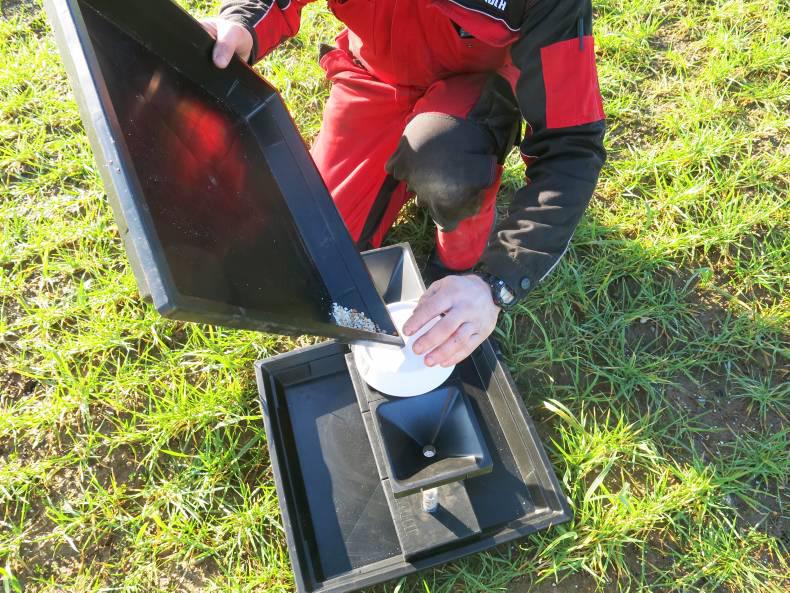
In overall terms, this is an excellent result for a field test. It should be noted that the weather conditions were ideal at the time of the test. The test used granular NPK compound fertiliser 9:3:23 spread on winter barley.
Overall
The technology in the spreader performed exactly as it was intended.
Initial setup was a little time-consuming, but after that, operation was very straightforward. This system offers the huge advantage that the application rate is separately metered and regulated on the left and right sides of the machine.
The only negative I could find was a ladder would have been helpful to get in and out of the hopper.

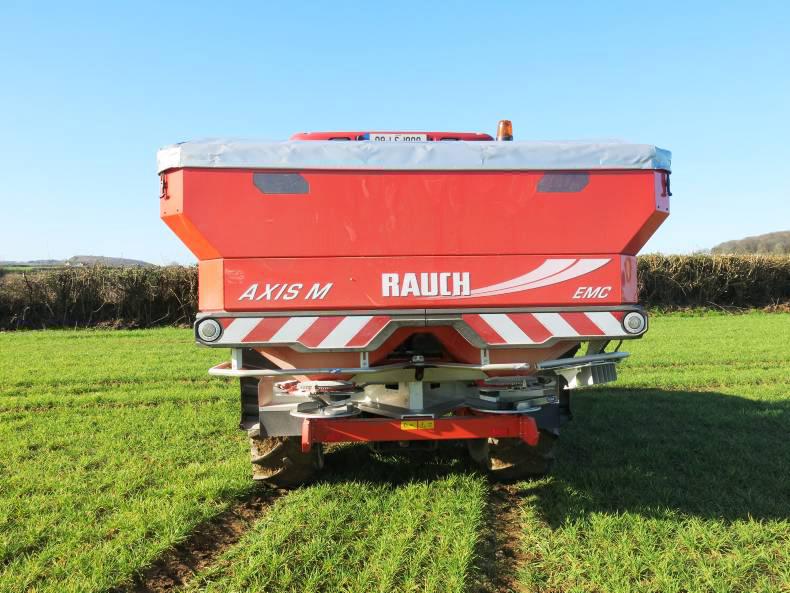




 This is a subscriber-only article
This is a subscriber-only article





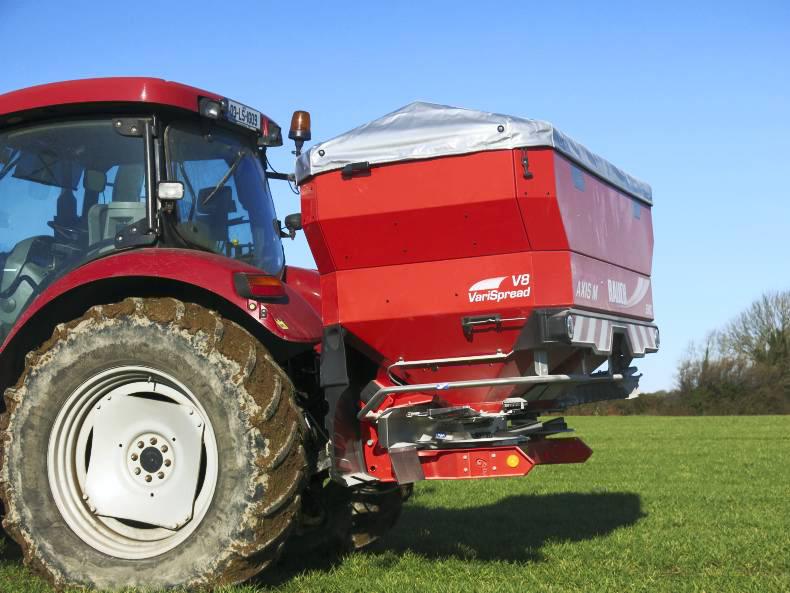
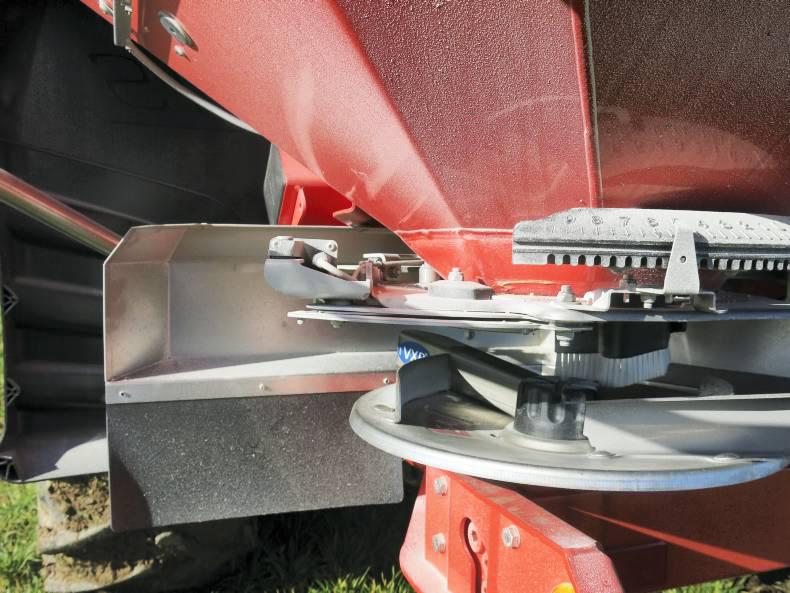
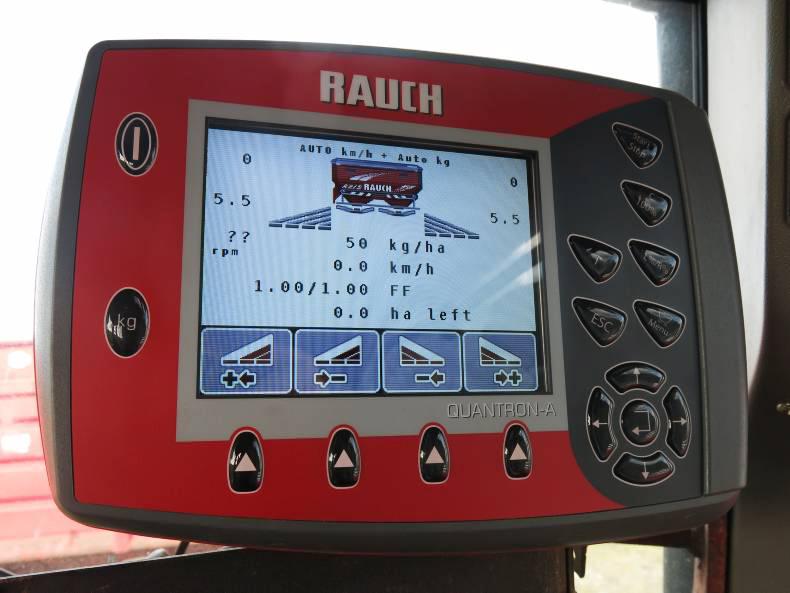
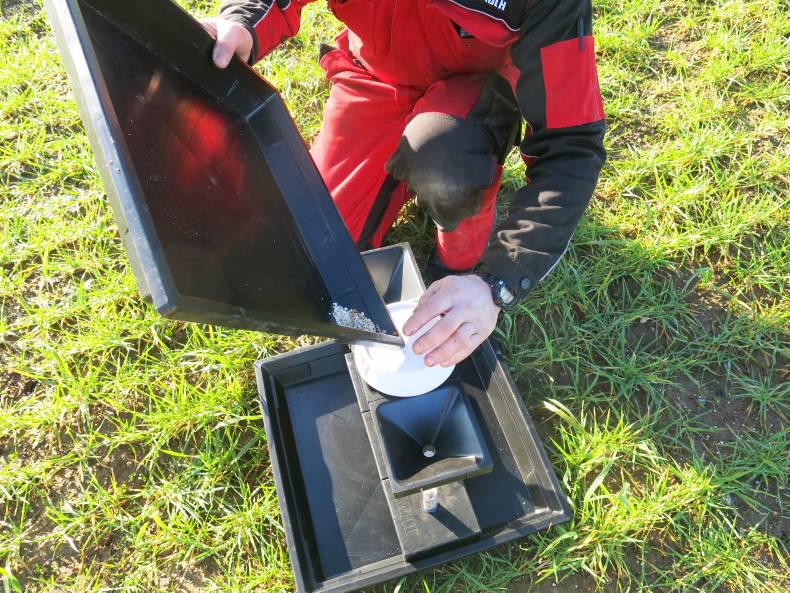
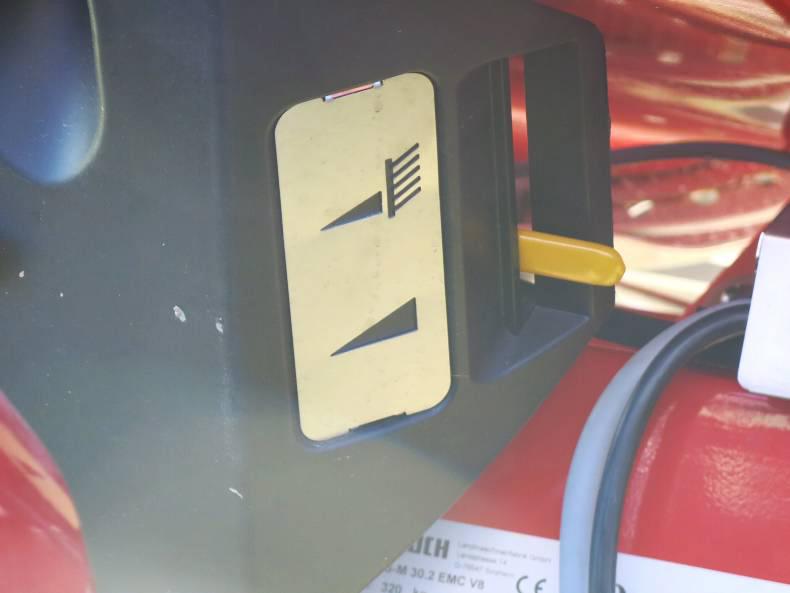
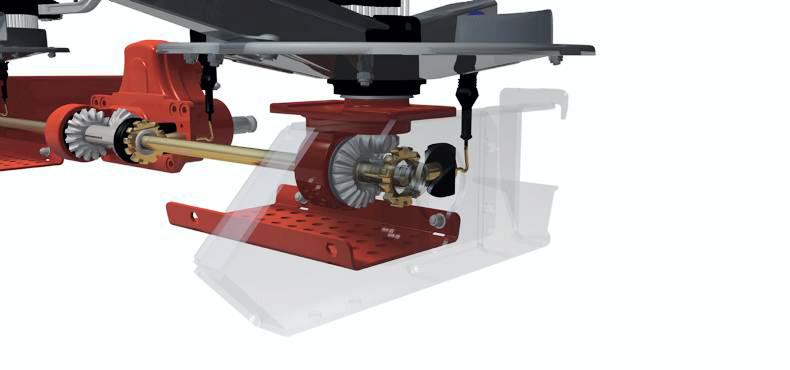
SHARING OPTIONS: